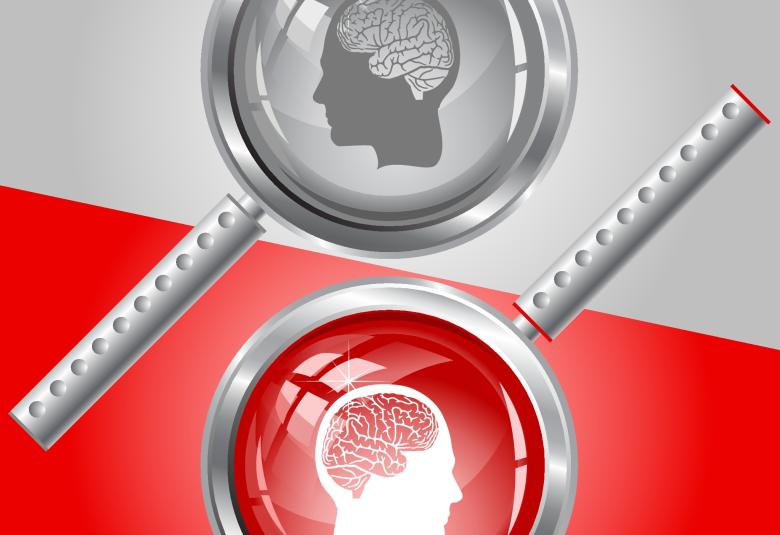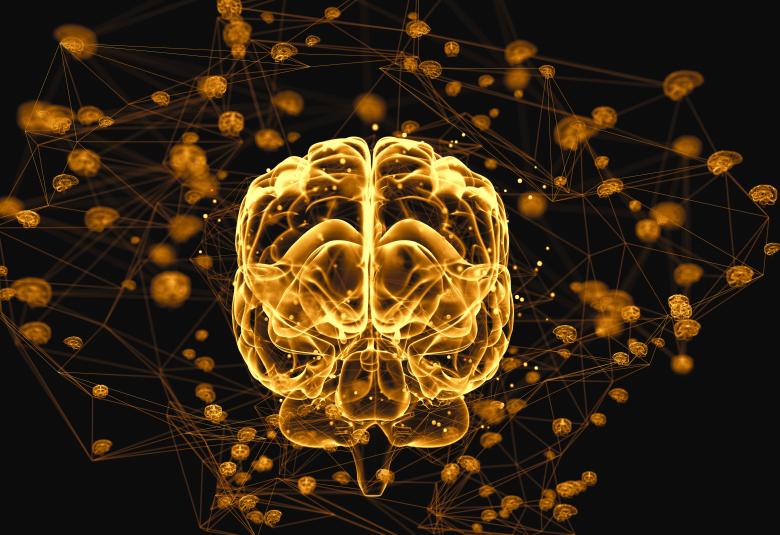Millions of patients visit emergency departments (EDs) every year due to headaches, but how good is the care they receive in this setting? When might it be appropriate to use a newer treatment? Could preventive treatments have a role? Acute treatment trends and guidelines were the topics of two sessions at the AHS 2022 hybrid congress.
Seonkyeong Yang, MS, of the University of Florida presented an unpublished analysis of how headache disorders were managed in US EDs between 2007 and 2018. The research used data from the US National Hospital Ambulatory Medical Care Survey, selecting adult patients with a primary diagnosis of a headache disorder on their ED discharge. The data were split into three 4-year periods.
There were over 10 million ED visits for headache disorders between 2015 and 2018 in the US
Most ED visits are similar
Between 2015 and 2018, of the 10.2 million ED visits, 32.9% were for migraine. The majority of these visits were for patients that were mostly female (82.0%), aged under 50 years (78.1%), and White (82.2%). Half had no chronic conditions (49.5%).
The caregiver was the ED physician at 86.6% of migraine visits. At least 2 medications were given in the ED for 82.5% of visits, but 60.7% had no prescription of medication at discharge.
Choice of medication in EDs is generally improving
There were statistically significant changes in use of some medications in all headache disorders visits between 2007 and 2018. Non-opioid analgesics and corticosteroids are both recommended by American Headache Society (AHS) guidelines as acute parenteral therapy in the ED setting.1 Their usage increased over the period.
Opioid use for headache in the ED setting has dropped considerably
Opioids are not recommended1 and saw a large decrease in use. However, antihistamines that are also not recommended1 showed a substantial increase in use. There was also a significant increase in outpatient referrals to around 80% of visits.
How can newer treatments be integrated?
Whilst the analysis above examined established treatments for migraine, a satellite symposium focused on newer acute treatments, such as gepants, ditans, ergots, newer non-steroidal anti-inflammatory drugs (NSAIDs), neuromodulation, and therapies targeting calcitonin gene-related peptide (CGRP). First, Professor Jessica Ailani of the MedStar Georgetown Headache Center, Washington DC, looked at when to use such treatments.
Newer acute migraine treatments are recommended after trying established treatments
An AHS Consensus Statement recommends a newer acute treatment after inadequate response to at least 2 oral triptans.2 Similarly, the US National Headache Foundation Position Statement recommends first using a generic triptan, then any generic drug (including another triptan), and only then to try any other therapy.3 So guidelines suggest these may only be appropriate in an ED setting if the patient is experiencing a migraine despite ongoing treatment.
What about preventive medication?
Of course, it would be better if a patient didn’t need to visit an ED for migraine in the first place. Professor Stephanie Nahas of Thomas Jefferson University, Philadelphia, continued the discussion into preventive treatment.
Guidelines recommend preventive treatment when migraine attacks are frequent
The AHS Consensus Statement recommends prevention when migraine attacks interfere with patients’ lives despite acute treatment or are frequent. It should also be considered after overuse or failure of acute treatments, or of course if the patient expresses a preference.2
In particular, anti-CGRP treatments are usually recommended if patients have not responded to 8 weeks of treatment with at least two established medications.2
Educational financial support for the satellite symposium was provided by Lilly.
Our correspondent’s highlights from the symposium are meant as a fair representation of the scientific content presented. The views and opinions expressed on this page do not necessarily reflect those of Lundbeck.




